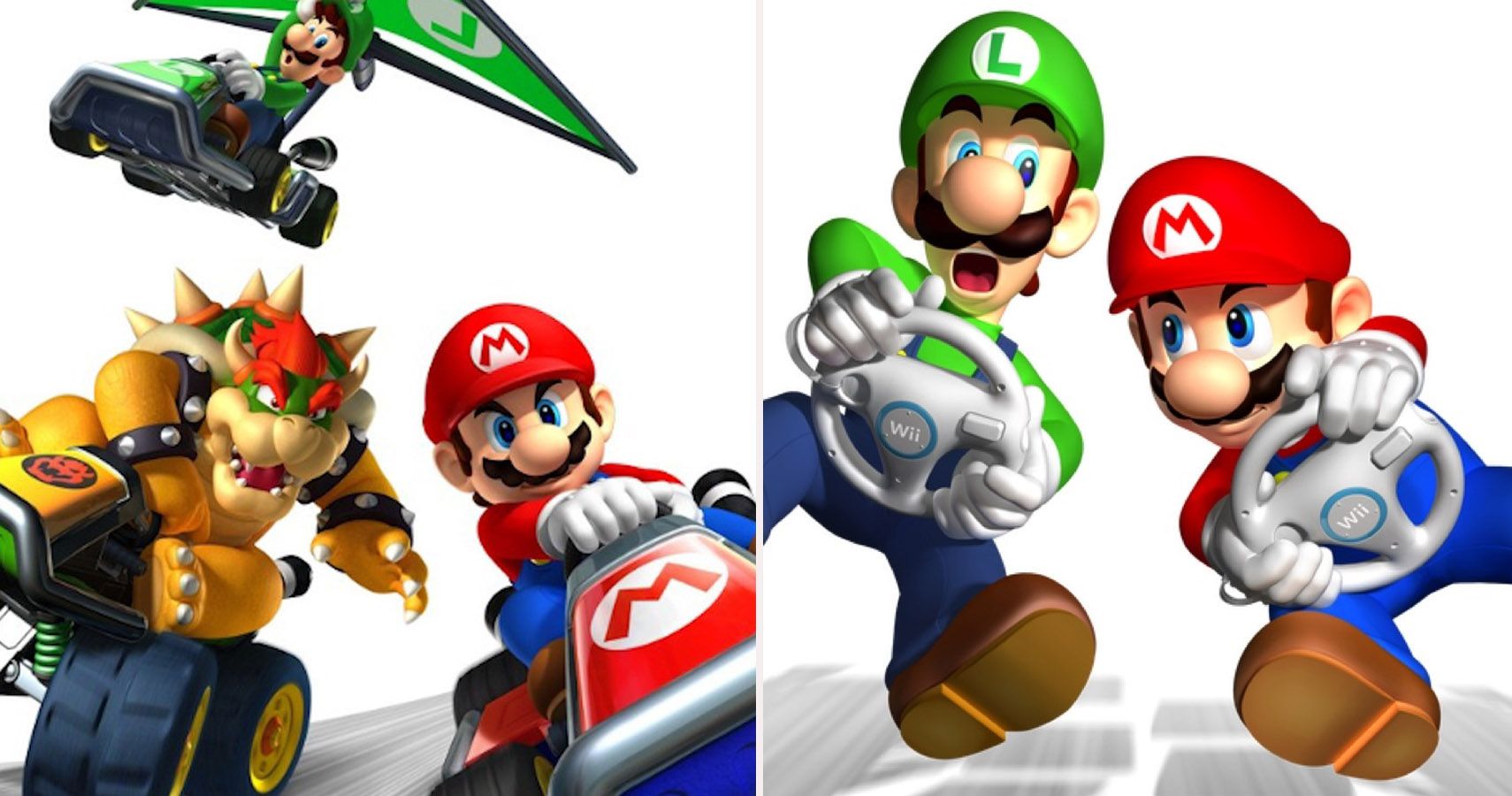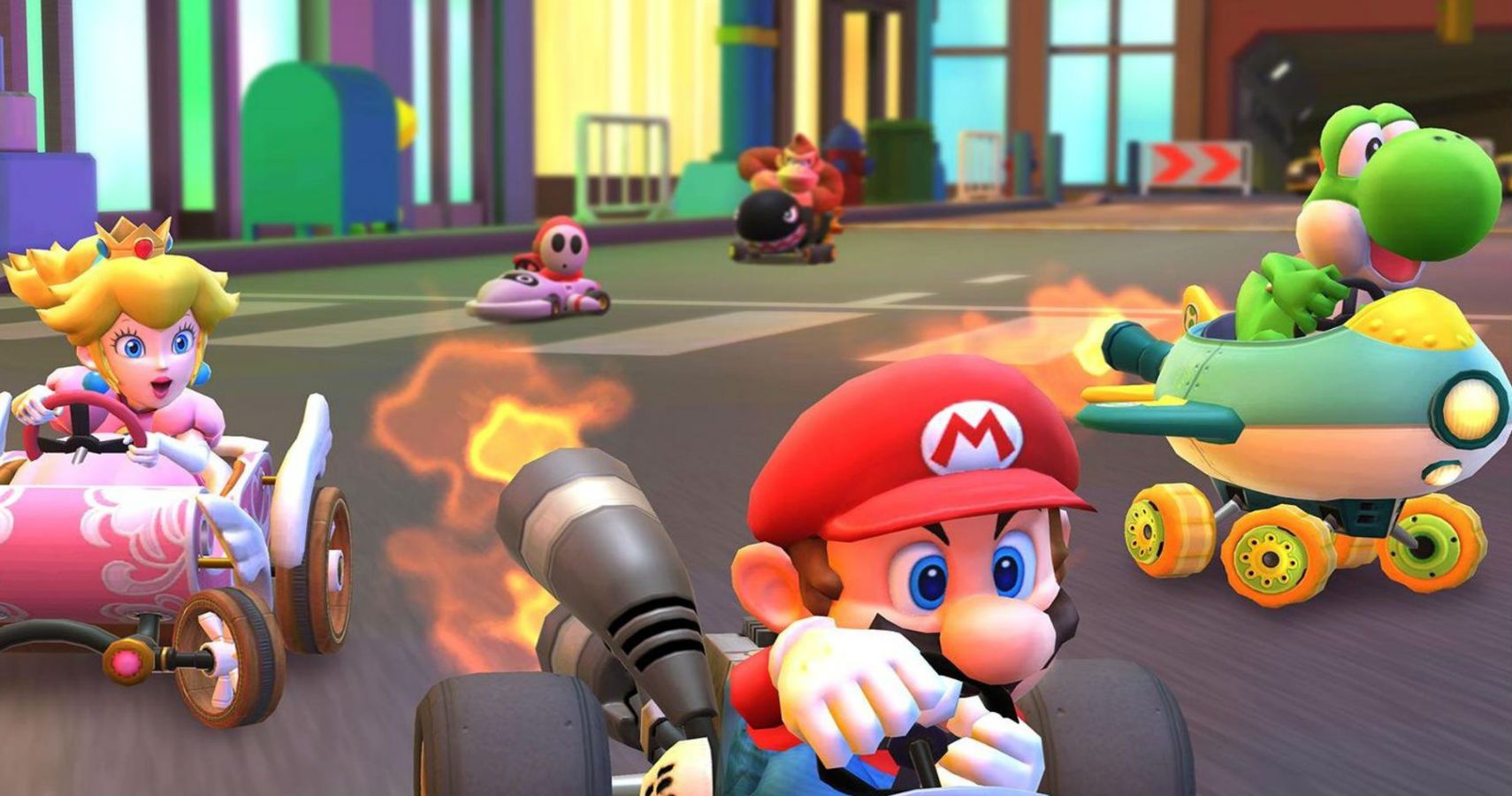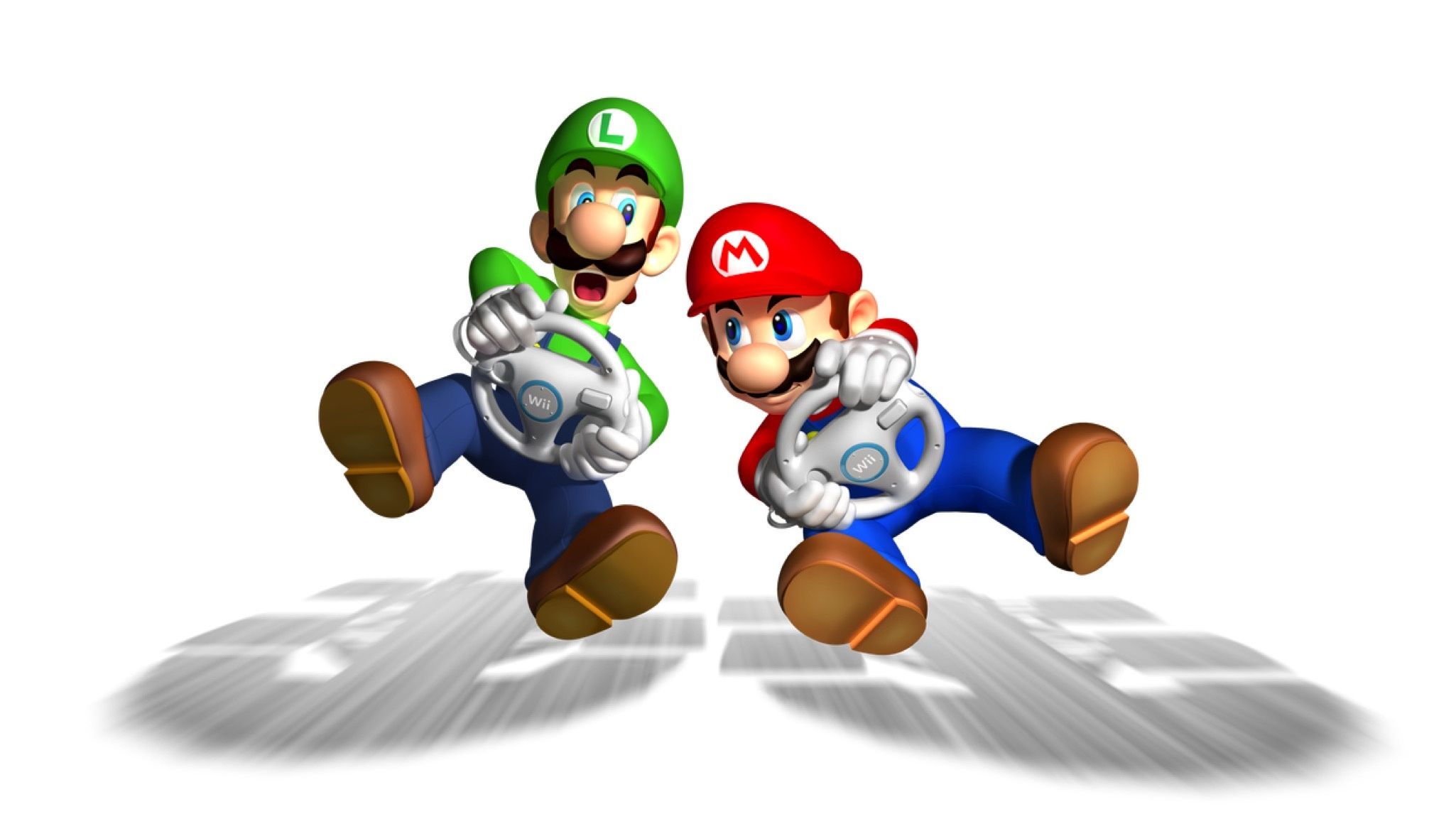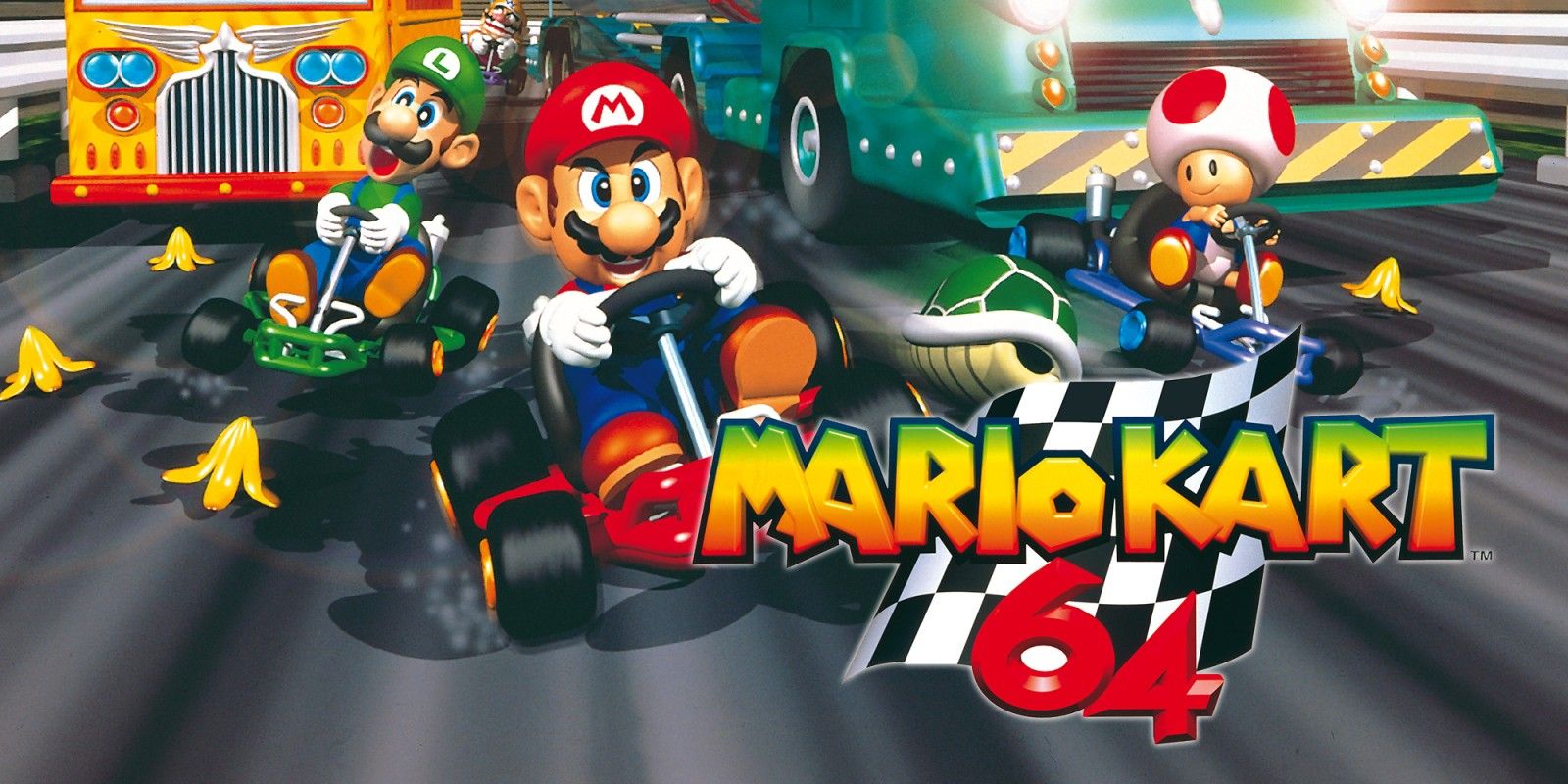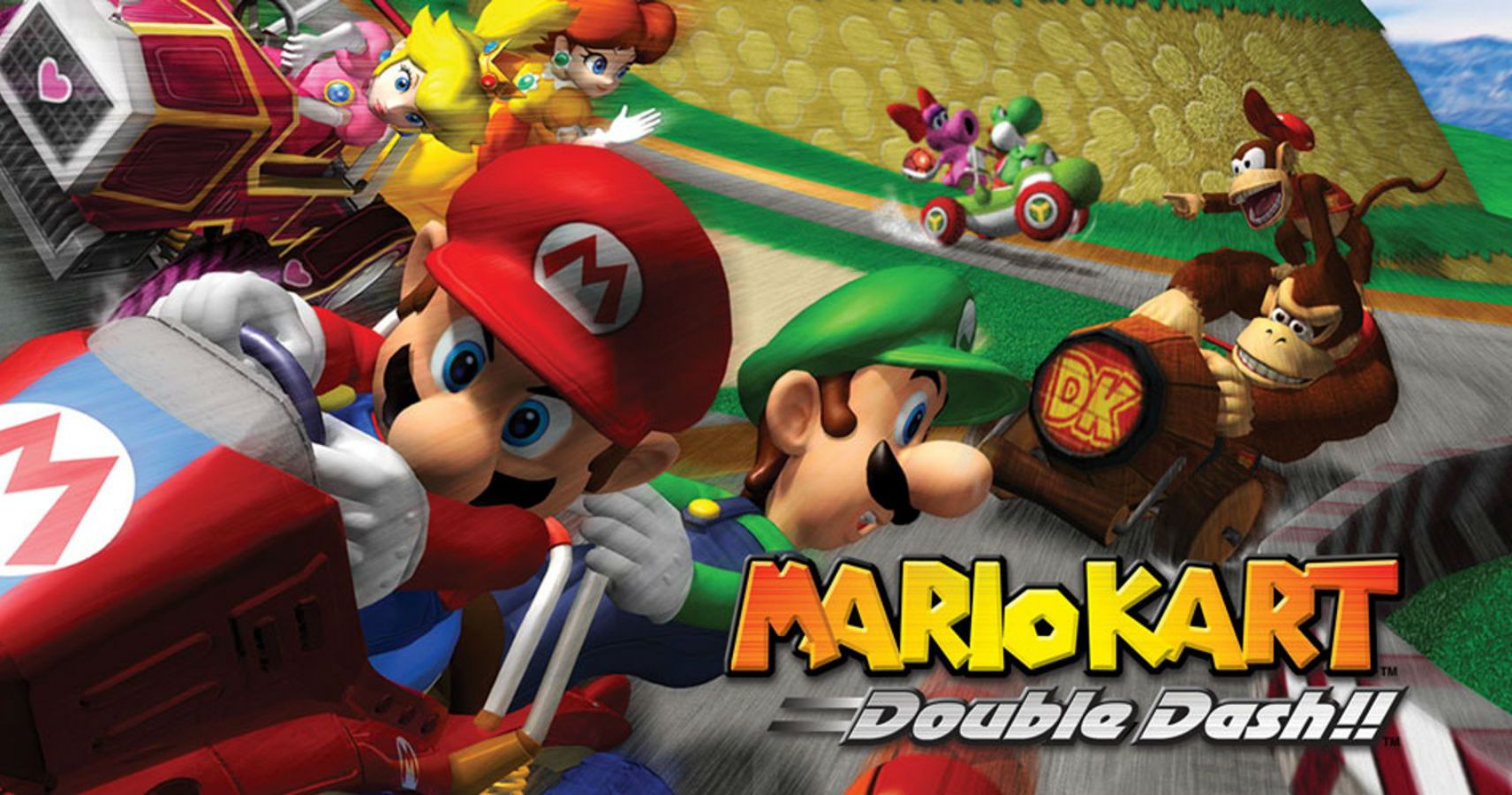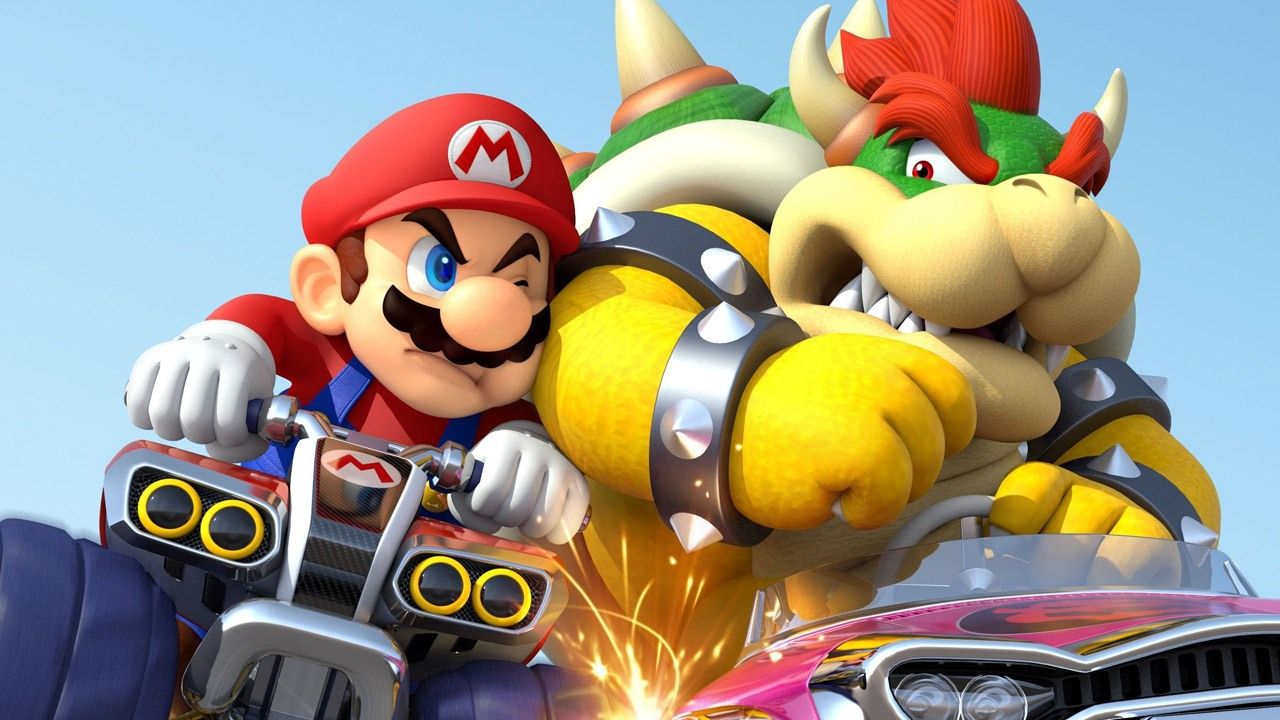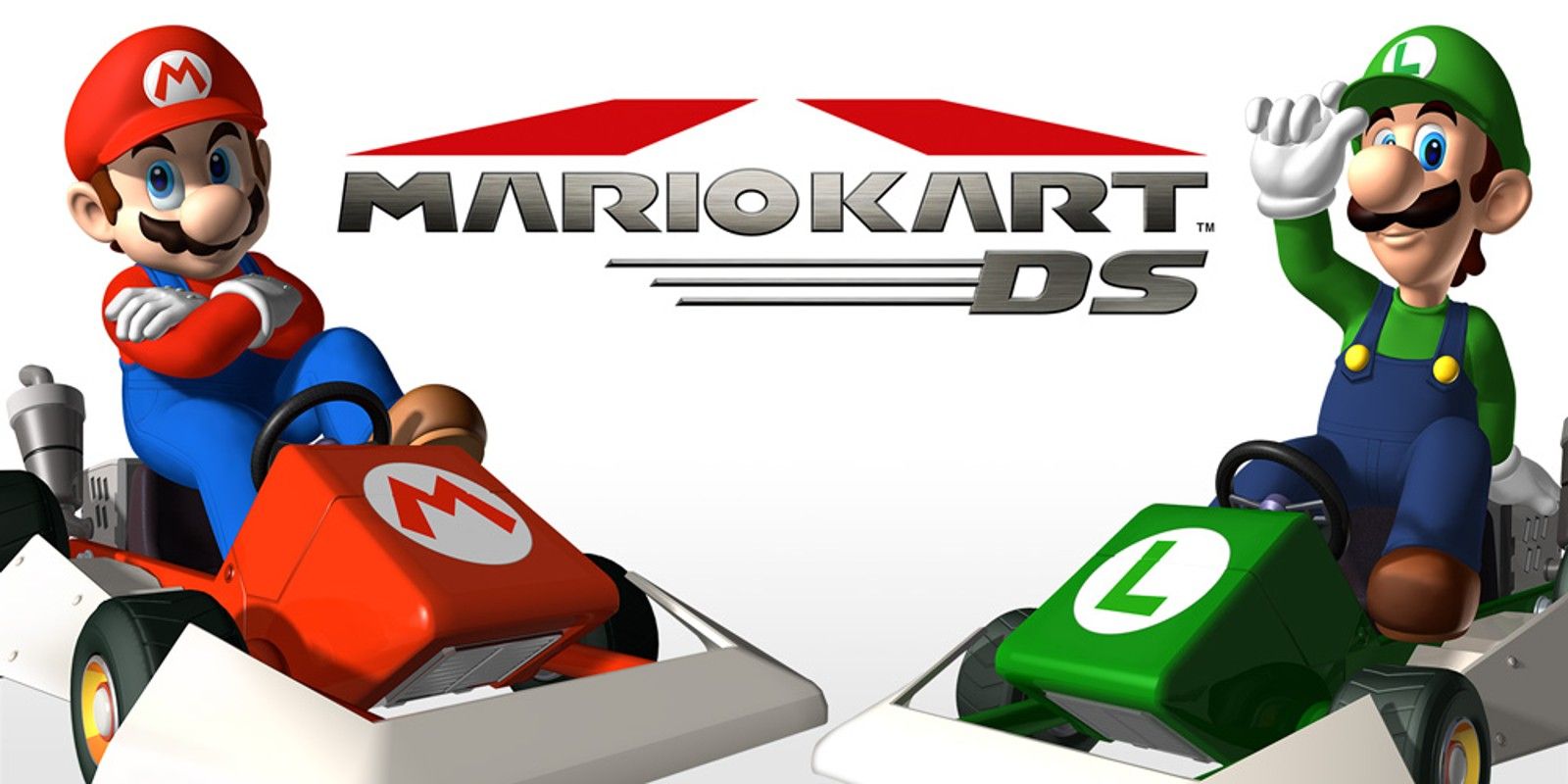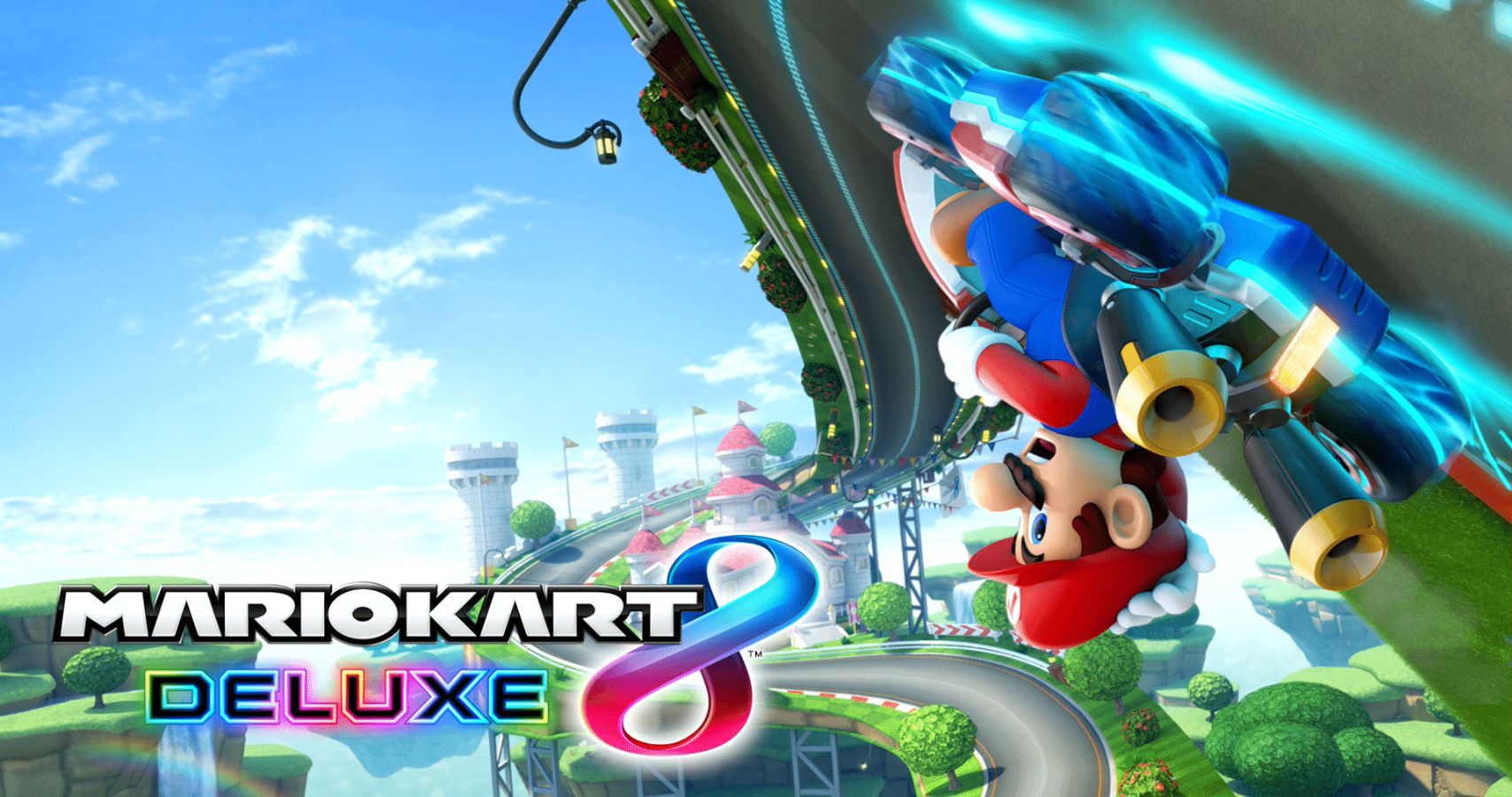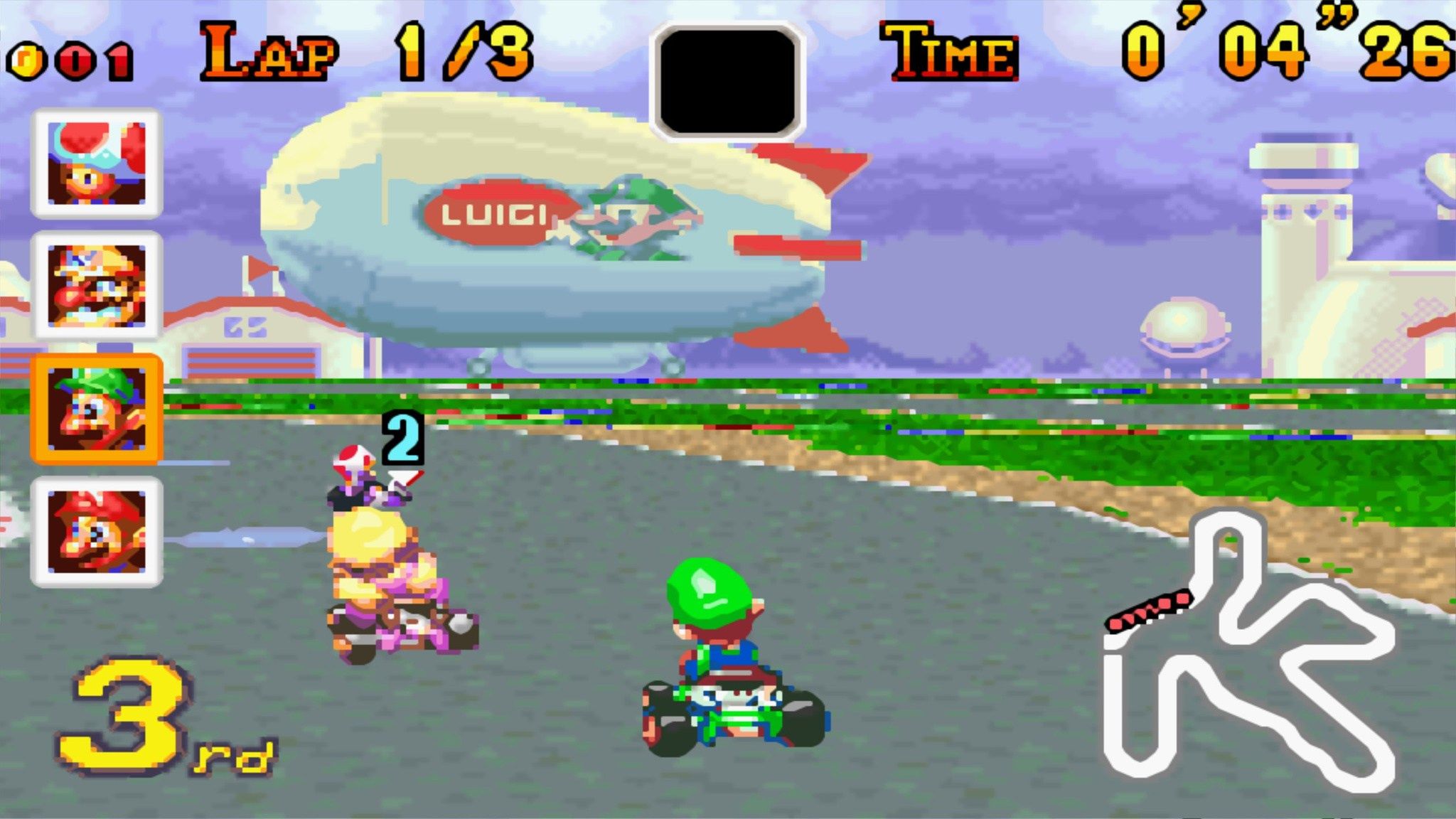Mario Kart has been adding a little extra fun to the racing video game genre since 1992, and while every title in the series is exciting, only some deserve a gold trophy. We're here to see how all the Mario Kart games stack up, but rather than scoring them ourselves, we'll be turning to Metacritic for answers.
This review aggregation website brings together scores for the top films, albums, TV shows, and of course, video games. Based on the reviews pulled together, each title receives a score between 0 and 100. This is the number that we'll be using to rank the Mario Kart titles.
Before we get started, here's a shout-out to the original 1992 Super Mario Kart for the SNES, which didn't receive a ranking. Without you, the rest of these could not have become a reality.
With that said, it's time to start your engines and get ready for one wild ride; Here is how every Mario Kart game ranks, according to Metacritic.
9 Mario Kart Tour (59)
The 2019 Mario Kart release happens to be the first and only game in the series to be made for mobile devices. While fans were excited about the title's portability, it hasn't come without its flaws.
On the positive side, the graphics are gorgeous and the controls are easy to use. On the downside, Mario Kart Tour is littered with microtransactions and has a strange scoring system that requires users to play with specific karts and characters.
Though these limits can make the game frustrating, we'd rather have an average Mario Kart mobile game than no mobile game at all.
8 Mario Kart Wii (82)
Leaping up to a much better score is Mario Kart Wii, released in 2008.
This title allowed players to choose from a selection of karts and characters, each with special advantages. There are 32 different race tracks, some of which are revamped from older systems and some that are totally new.
Unique to the system for which it was made, this installment allowed players to steer the Wii remote like it is an actual wheel. The competitive online multiplayer mode also garnered lots of praise.
7 Mario Kart 64 (83)
Nintendo traded in the flat race tracks for 3D graphics in this 1997 version of Mario Kart made for the N64.
This edition lets players select from eight different Mario characters and compete on 16 different tracks. This game also, notably, allowed players to carry more than one item at a time and slipstream for the first time ever.
Though the game had its critics, the multiplayer element, sound, and graphics were praised for their innovation at the time of its release. The nearly 10 million copies sold had this game ranking as the best-selling Nintendo 64 game of all time, second only to Super Mario 64.
6 Mario Kart 7 (85)
Mario Kart raced onto the Nintendo 3DS in 2011. While the series continued to feature crazy tracks and fun characters, this title was the first in the series to include the hang-gliding attachment for karts. It also lets gamers cruise underwater, drive from a first-person perspective, and more fully customize their vehicles.
The love for Mario Kart 7 rained it, with critics loving the new updates and multiplayer feature despite the downsized roster. Additionally, the 32 tracks were as vibrant as ever, and the graphics continued to get better.
5 Mario Kart: Double Dash!! (87)
The GameCube installment of Mario Kart let players race as two characters at once. While one sat in the back of the kart, the other handled items, and they could switch out at any given time. This also allowed for the multiplayer co-op for the first time ever.
Strong points included the leveled-up graphics, improved characters, and incredible tracks. The title ended up as the second best-selling GameCube game of all-time, only behind Super Smash Bros. Melee.
4 Mario Kart 8 (88)
Mario Kart 8 cruised onto the Wii U in 2014. Though the game mechanics were largely similar to those in previous titles, anti-gravity sections were added to the mix so that players could drive on walls and ceilings. Drivers were additionally able to get a mini speed boosts by bumping into competitors.
The game became the best-selling title on the Wii U, thanks to its vibrant design, exciting soundtrack, and enormous scale. The details were all there.
The biggest criticism was that the game's Battle Mode used main courses in lieu of specific battle arenas like in past Mario Kart titles. Thankfully, Nintendo had a chance to fix this., but let's not get ahead of ourselves quite yet.
3 Mario Kart DS (91)
Mario Kart DS had its fair share of new courses and fresh characters, however, there was one thing that stood out most: the online multiplayer element.
For the first time ever, players were able to compete against one another from their separate handheld devices. This turned the game from a solo pursuit into a massive competition for players everywhere.
These new features in combination with the courses and characters had the game receiving a load of praise.
2 Mario Kart 8 Deluxe (92)
If you thought Mario Kart 8 couldn't get any better, you were wrong.
In April 2017, Nintendo brought the thrill of its eighth Mario Kart installment to the Nintendo Switch. Because this console garnered more attention than the Wii U, more players could enjoy this game than ever before. In fact, 19 million copies have already been sold.
Rather than hitting copy-and-paste, Nintendo made some tweaks to the Switch version. Battle Mode received eight new arenas and gameplay modes, the racer roster scored six new characters, and the karts and characters were given a handful of new customizations. This had critics and fans alike raving.
1 Mario Kart Super Circuit (93)
Though the competition was stiff, this 2001 Game Boy Advance title comes out in first place. Mario Kart: Super Circuit was the third installment in the Mario Kart series and the first to be sold for a handheld device.
Though the game featured the same lineup of eight characters, each of them received a different weight class. Gamers could compete on various single-player and multiplayer modes including Mario GP, Time Trial, Quick Run, VS., and Battle. It's also worth noting that there were tons of courses in this edition, with 20 new courses appearing in addition to the 20 courses that returned from the SNES.

